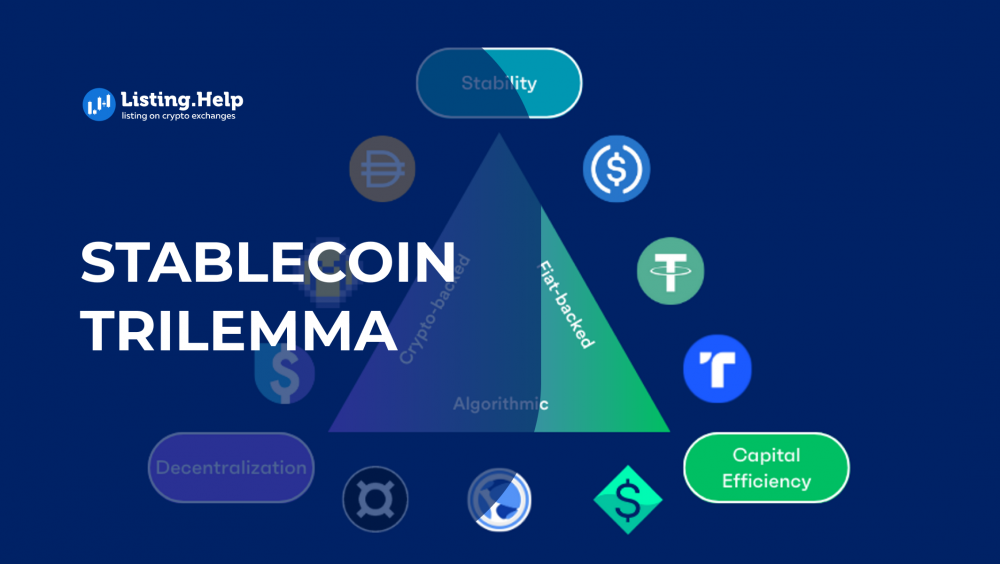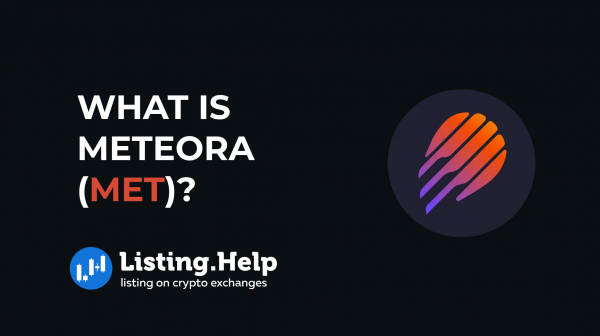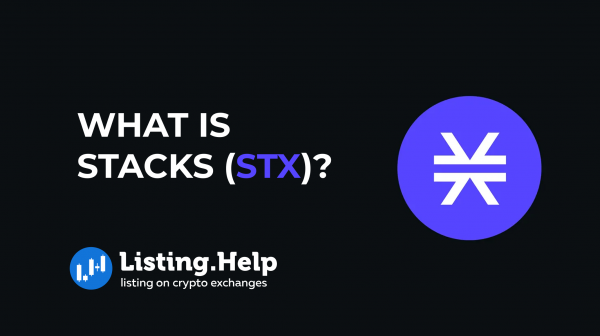What Is the Stablecoin Trilemma?
 June 14, 2024
June 14, 2024 Updated: January 27 2025, 06:45
Updated: January 27 2025, 06:45
LEAVE A REQUEST
Launching your own token project? Our experts are ready to help with listing on exchanges, market making, marketing and other solutions
SUBMIT APPLICATIONStablecoins are digital currencies intended to maintain a consistent value by pegging to assets like traditional currencies. However, achieving a balance between decentralization, price stability, and capital efficiency in stablecoin design is complex. This article delves into the stablecoin trilemma, its essential components, various types of stablecoins and their trade-offs, and potential solutions.
The stablecoin trilemma highlights the difficulty in creating stablecoins that simultaneously offer three crucial features: decentralization, price stability, and capital efficiency. Each of these elements is vital for stablecoins to function effectively, but optimizing all three together has proven to be a significant challenge.
The reason behind the stablecoin trilemma is the inherent conflict between these attributes. For example, ensuring price stability typically requires substantial collateral, which can negatively impact capital efficiency due to the need for over-collateralization. On the other hand, focusing on capital efficiency by reducing the collateral needed can introduce risks to price stability.
Decentralization
Decentralization involves spreading control and decision-making away from a single central authority. For stablecoins, this means that control is distributed among multiple points rather than one central entity. The peg of such a stablecoin is maintained using protocols and algorithms. It is worth noting that fully decentralized stablecoins are rare, and most still retain some degree of centralization.
Price Stability
Price stability means that a stablecoin maintains a steady value, typically pegged to an asset like a fiat currency. This stability is crucial for using stablecoins as a reliable medium of exchange and a secure store of value, even in volatile markets. For instance, a stablecoin pegged to the US dollar should always equal 1 USD, ensuring that everyday transactions remain consistent over time.
For example, you can buy a cup of coffee with a stablecoin today and be confident that the price will remain the same tomorrow, next week, or next month. In countries with high inflation, such as Argentina, people often use stablecoins to protect their savings from rapid devaluation. This helps preserve purchasing power where the local currency may fail.
Capital Efficiency
Capital efficiency measures how effectively a stablecoin uses its collateral to maintain its value. It considers the amount of value that needs to be held in reserve to ensure the stablecoin’s worth. A stablecoin that requires a higher amount of collateral for each unit issued is less capital efficient.
For instance, if a stablecoin needs $1.50 worth of collateral to back $1 of the stablecoin, it is less capital efficient than one needing only $1.10 of collateral for the same amount. An example of a capital-inefficient stablecoin is DAI, which might require locking up $1.50 worth of ether (ETH) to issue $1 worth of DAI. This approach maintains stability but at the cost of tying up more value than the stablecoin itself represents.
Types of Stablecoins and Their Trade-Offs
Fiat-Backed Stablecoins
Fiat-backed stablecoins are cryptocurrencies supported by reserves of fiat currency held by a central entity. Examples include Tether (USDT) and USD Coin (USDC). These stablecoins can maintain a stable price and use their reserve money effectively, making them capital efficient. However, they rely on a centralized structure, meaning their price stability and capital efficiency come at the expense of decentralization.
Algorithmic Stablecoins
Algorithmic stablecoins maintain their value using algorithms. These algorithms automatically adjust the supply of the stablecoin to keep its price stable. For instance, if the price rises, more coins are created to bring the price down; if the price falls, the supply is reduced to push the price up. While aiming to be decentralized and capital efficient, algorithmic stablecoins often struggle with price stability. Their stability heavily depends on market demand and the effectiveness of the algorithms, which can fail and cause the stablecoin to lose its peg.
Crypto-Backed Stablecoins
Crypto-backed stablecoins are supported by other cryptocurrencies. To ensure a stable value, more cryptocurrency is locked up as collateral than the stablecoin’s worth. For example, to obtain $1 worth of a crypto-backed stablecoin, you might need to deposit $1.50 worth of another cryptocurrency like ETH. The additional $0.50 acts as a buffer to absorb changes in the value of the collateral, helping maintain the stablecoin’s value at $1.
These stablecoins are typically overcollateralized to handle the volatility of the underlying cryptocurrencies. While they achieve some degree of decentralization and price stability, they tend to be capital inefficient due to the excess collateral required to ensure stability. One popular example is DAI, which uses ether and other cryptocurrencies as collateral to keep its value close to $1.
Addressing the Stablecoin Trilemma
While there isn’t a perfect solution to the stablecoin trilemma, several approaches have been suggested to mitigate its challenges.
Hybrid Models
Hybrid models aim to combine elements from different types of stablecoins. For instance, a stablecoin could be partially backed by both fiat and crypto assets. This approach may improve capital efficiency while retaining some decentralization and stability. By diversifying collateral types, hybrid models seek to balance the trade-offs inherent in pure fiat-backed or crypto-backed systems.
Advanced Algorithms
Advanced algorithms are developed to enhance the stability and resilience of algorithmic stablecoins. These algorithms aim to lessen the reliance on market sentiment and improve the stablecoin’s ability to handle market fluctuations. The objective is to maintain price stability more effectively. Although algorithmic stablecoins can achieve high levels of capital efficiency and decentralization, consistently maintaining price stability remains a significant challenge.
Insurance and Risk Management
Incorporating insurance mechanisms and risk management strategies adds an extra layer of security to stablecoins. This could involve setting aside funds to cover potential collateral shortfalls or implementing protocols to manage liquidity and volatility risks. Such measures help protect against unforeseen events and provide additional confidence in the stablecoin’s stability.
Conclusion
The stablecoin trilemma is one of the most challenging issues in the cryptocurrency world. The race to create a stablecoin that perfectly balances decentralization, stability, and capital efficiency continues because of the significant benefits stablecoins offer. Despite the high stakes and ongoing challenges, the optimal combination of these qualities has yet to be achieved. While no stablecoin has perfectly met all criteria, the potential for such a breakthrough remains a genuine and enticing possibility. The search for the ideal stablecoin is ongoing, driven by the substantial opportunity it represents.

For more insights into the world of cryptocurrency and the latest industry trends, be sure to visit listing.help/blog.







 January 12, 2026
January 12, 2026 








